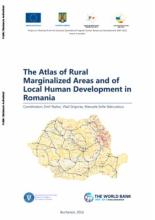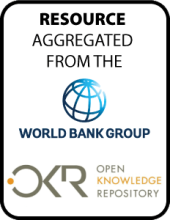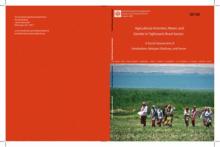Land Library Search
Through our robust search engine, you can search for any item of the over 73,000 highly curated resources in the Land Library.
If you would like to find an overview of what is possible, feel free to peruse the Search Guide.
/ library resources
Showing items 1 through 8 of 8.The agricultural and food production sector plays a key role in fighting poverty and food insecurity in Moldova, but is facing critical challenges to modernize and integrate into the international market.
Romania aims to be a country in which all citizens are provided with an equal opportunity toparticipate in society, where their basic needs are met and their differences respected, and whereall people feel valued and can live in dignity.Our society is still far from this ideal.
This country note for Armenia is part of a series of country briefs that summarize information relevant to climate change and agriculture for three pilot countries in the Southern Caucasus Region, with a particular focus on climate and crop projections, adaptation options, policy development and
The importance of the tertiary road
sector in contributing to economic development and poverty
alleviation efforts cannot be understated. In Albania,
forty-nine percent of rural producers have stated that a
A major problem in the Europe and
Central Asia (ECA) agricultural sector and rural areas
during the transition was the breakdown of the relationships
of farms with input suppliers and output markets. The
The purpose of this paper is to summarize the challenges and the practical successes that a selected number of countries are experiencing in moving towards 'climate-smart' agriculture while also meeting the food requirements of a growing population, broader economic development and green growth o
This social assessment (SA) was conducted under the Fergana Valley Water Resources Management Project (FVWRMP), which is providing assistance to the Government of Tajikistan to address irrigation and drainage deficiencies in Eastern Sughd.
This paper analyzes the political and institutional factors which are behind the dramatic changes in distortions to agricultural incentives in the transition countries in East Asia, Central Asia, and the rest of the former Soviet Union, and in Central and Eastern Europe.







